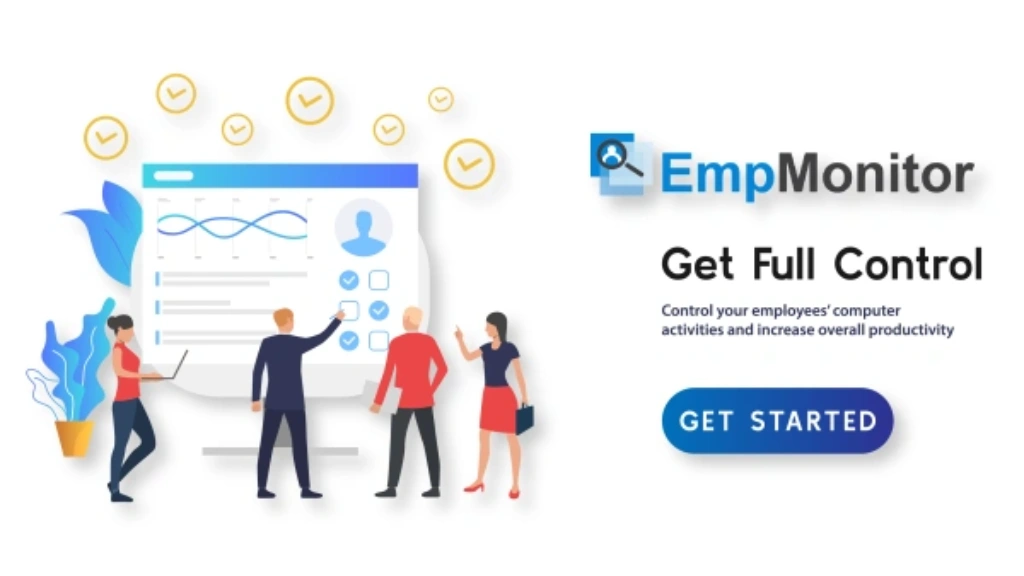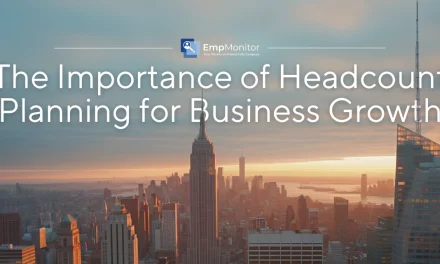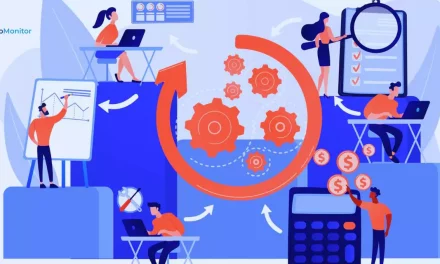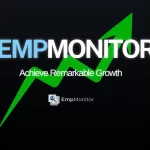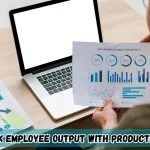Imagine trying to build a winning sports team without knowing your players’ strengths, weaknesses, or positions. Sounds chaotic, right? Now imagine running a business without a clear understanding of your workforce — that’s exactly what happens without proper human resource planning.
Whether you’re scaling up, navigating market changes, or preparing for future talent needs, HRP ensures you always have the right people in place — equipped with the right skills — to achieve your goals.
Without it, you risk over-hiring, under-hiring, or missing out on key talent — all of which can derail your business growth. With an effective human resources strategic plan, you can confidently steer your workforce in the right direction.
In this guide, we’ll break down the human resource planning process, its importance, and how you can craft a strategic HR plan that drives productivity and success.
Listen To The Podcast Now!
What is Human Resource Planning (HRP)?
Human resource planning (HRP) is the process of analyzing, forecasting, and planning workforce needs to meet an organization’s goals.
In simple terms, it’s about ensuring you have the right number of employees with the right skills — at the right time.
For example, imagine a retail company preparing for its busiest season. Through effective HRP, they can anticipate hiring needs, onboard seasonal staff, and ensure experienced employees are available to train new hires.
Human resource planning isn’t just about recruitment — it’s about aligning talent strategies with business growth, ensuring teams are adaptable and equipped to meet future challenges.
A well-structured human resources strategic plan not only helps secure top talent but also prepares your organization to face unexpected workforce changes.
Why is Human Resource Planning Important?
A well-structured human resource planning process plays a crucial role in maintaining organizational stability and productivity. Here’s why it’s vital:
1. Ensures Talent Availability
HRP helps businesses avoid staffing shortages or overstaffing by predicting hiring needs in advance. This ensures you never scramble to fill critical roles.
Example: A software company planning a product launch can forecast the need for additional developers, marketers, and customer support staff months in advance.
2. Supports Business Growth
Scaling your workforce efficiently becomes easier when you align your talent strategy with organizational goals.
Example: A startup planning to expand internationally can prepare by hiring multilingual staff, adjusting training programs, and aligning HR efforts with regional needs.
3. Boosts Employee Development

Example: A manufacturing firm introducing new machinery can identify employees who require technical training to manage the updated equipment.
4. Improves Workforce Management
By mapping out future staffing requirements, businesses can strategically assign roles, enhance performance, and implement effective workload planning to maintain a balanced distribution of tasks.
The 5-Step Human Resource Planning Process

Step 1: Assess Your Current Workforce
Before planning for the future, you must understand where your workforce currently stands.
- Conduct employee surveys to assess engagement and skill sets.
- Use employee management software to gather data on attendance, productivity, and turnover trends. Solutions like EmpMonitor simplify this process by offering detailed insights that help identify performance gaps and highlight key employees who may retire or resign soon.
3. Identify key employees who may retire or resign soon and plan accordingly.
Key Focus Areas:
- Demographics: Age, experience, and retirement timelines.
- Performance: Identify top performers, average contributors, and areas needing improvement.
- Skill Inventory: Assess the technical and soft skills of your employees.
Example: A tech company analyzing its data might find a growing need for data analysts. Identifying this early allows the company to start reskilling existing employees or hire proactively.
Step 2: Forecast Future Workforce Needs
Forecasting future talent requirements is a crucial part of effective workforce planning. By analyzing growth trends and potential challenges, businesses can proactively address staffing needs.
- Use demand forecasting models to estimate the number of employees required for upcoming projects.
- Consider technological advancements, mergers, or expansions that may impact hiring.
- Plan for potential risks like sudden resignations, retirements, or market changes.
Key Methods for Forecasting:
- Trend Analysis: Analyze historical data to predict future workforce patterns.
- Delphi Technique: Gather insights from key stakeholders for informed forecasting.
- Scenario Planning: Create best-case, worst-case, and expected-case workforce models.
Example: A logistics firm anticipating a holiday sales boom may forecast the need for extra warehouse staff and drivers to manage increased demand.
Step 3: Identify Gaps and Opportunities
Conduct a gap analysis to compare your current workforce capabilities with projected requirements.
- Identify key skill gaps, talent shortages, or roles at risk.
- Develop strategies to close these gaps — whether through hiring, upskilling, or restructuring.
Questions to Ask in a Gap Analysis:
- Which skills are missing in key teams?
- Are we short-staffed in certain departments?
- Do we have employees who can transition into leadership roles?
Example: A marketing agency noticing a lack of video editing skills might launch targeted training to upskill existing employees rather than hiring externally.
Step 4: Develop and Implement a Plan
This is where strategy turns into action. Create a tailored HR plan with clear objectives, timelines, and KPIs.
- Introduce human resource training programs to strengthen skill gaps.
- Design targeted recruitment drives to fill crucial roles.
- Develop mentorship programs to prepare employees for leadership positions.
Example: An IT firm struggling to attract cybersecurity experts may introduce specialized internship programs to train talent in-house.
Step 5: Monitor, Review, and Adjust
Human resource planning is not a one-time process — it’s an ongoing strategy that evolves with your business.
- Use analytics tools to track metrics like employee turnover, retention rates, and training effectiveness.
- Regularly review employee feedback to identify areas of improvement.
- Adapt your HRP strategy as your business landscape changes.
Example: A growing startup may pivot its HRP approach as new projects demand more flexible, remote-friendly roles.
Overcoming Common HR Planning Challenges

1. Inaccurate Forecasting
Predicting future workforce needs isn’t always straightforward. Shifting market trends or economic changes can disrupt even the most well-planned strategies.
To improve accuracy, it’s essential to combine multiple forecasting methods with real-time data insights. Tools like EmpMonitor can be particularly useful here, offering detailed analytics on employee performance, attendance trends, and productivity patterns. By leveraging this data, you can make informed decisions and adapt your HR strategy to meet changing workforce demands effectively.
How EmpMonitor Can Help You With Human Resource Planning?
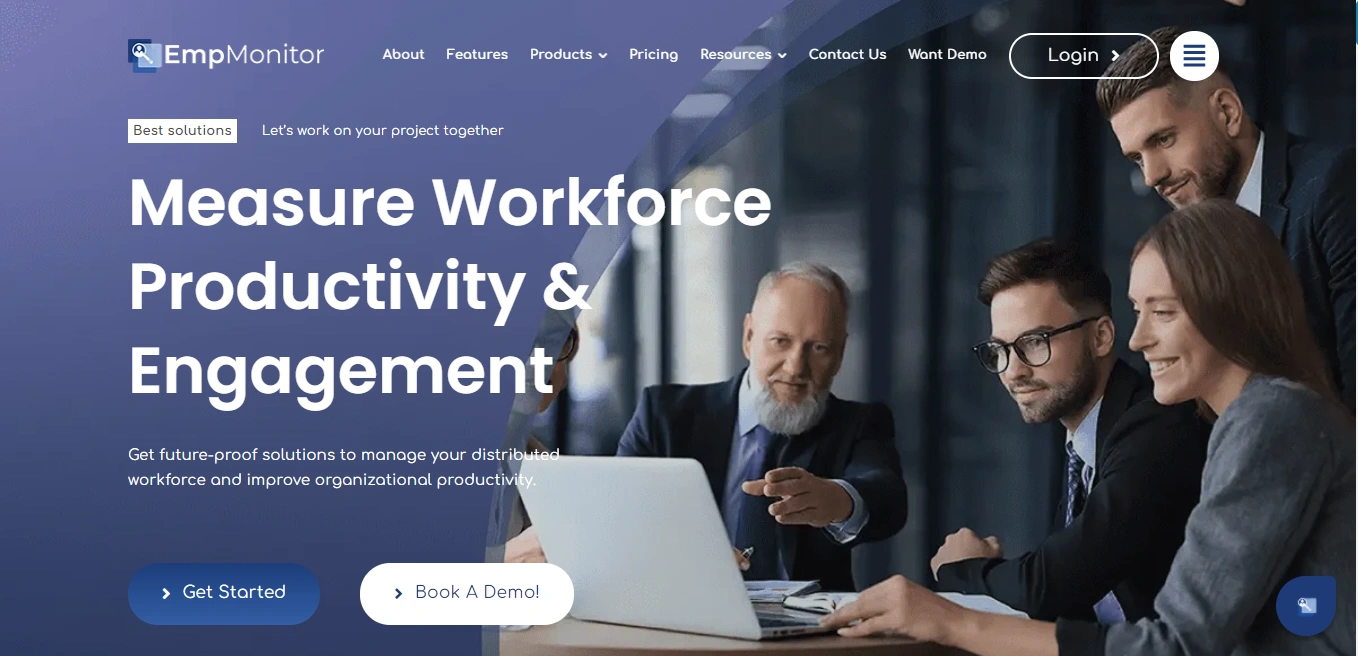
Here’s how EmpMonitor can support your HR planning process:
Real-Time Analytics:
Gain instant insights into employee productivity, attendance, and work patterns to improve forecasting accuracy.
Productivity Analysis:
Track active hours, idle time, and task efficiency to assess employee performance. EmpMonitor also identifies disengagement patterns, helping you spot employees at risk of leaving and take proactive steps to improve retention.
Activity Tracking:
Monitor tasks, project timelines, and performance trends to identify potential skill gaps and training needs.
Employee Monitoring:
Track remote and hybrid workforce activities to ensure consistent performance across all teams.
Detailed Reporting:
Access comprehensive reports that highlight workforce trends, empowering data-driven HR decisions.
With these features, EmpMonitor equips HR teams with the insights needed to build a well-prepared and adaptable workforce.
2. Budget Constraints
Effective Human resource planning often requires investing in training, recruitment campaigns, or advanced tools — which may challenge businesses with limited budgets.
Solution: Prioritize investments in high-impact areas. Focus on affordable options like mentorship programs or internal skill development.
3. Resistance to Change
Introducing new HR processes, roles, or policies can create uncertainty among employees.
Solution: Involve employees early in the planning process to build trust. Transparent communication and leadership support can reduce resistance.
4. Aligning HRP with Business Goals
Misalignment between HR strategies and company objectives can lead to wasted resources.
Solution: Build a human resources strategic plan that ties HRP initiatives directly to business outcomes. Align recruitment, training, and workforce restructuring with key growth targets.
5. Managing Remote and Hybrid Teams
As remote work expands, businesses may struggle to assess and manage distributed teams effectively.
Solution: Implement digital tools that support remote hiring, performance tracking, and collaboration to streamline virtual workforce management.
Inspiring HR Strategic Plan Examples from Top Companies
Leading companies have mastered this art by aligning their HR strategies with their core values and objectives. Here are some inspiring hr strategic plan examples from industry giants that have redefined workforce management:
1. Google: Data-Driven People Management
Google’s HR strategy thrives on data and analytics, ensuring every HR decision is backed by insights.
Key Actions in Their HR Plan:
- Predictive modeling to anticipate workforce challenges.
- Advanced hiring algorithms to identify high-potential candidates.
- Data-backed workforce planning to meet evolving organizational needs.
By prioritizing employee well-being with mindfulness programs, fitness centers, and open communication channels, Google creates a psychologically safe space that fuels creativity and collaboration.
2. Salesforce: The ‘Ohana’ Culture
Salesforce’s HR strategy revolves around its ‘Ohana’ philosophy — meaning family — fostering a sense of unity among employees, customers, and partners.
Key Actions in Their HR Plan:
- Emphasizing family and community values across teams.
- Linking core values like trust, innovation, and equality to employee engagement.
- Promoting philanthropy and social responsibility to strengthen team bonds.
This approach empowers Salesforce to build a collaborative and motivated workforce.
Also Read: –
The Ultimate Guide To Strategic Workforce Planning
What Is Reskilling And Why Is It Important For Your Future?
Why Is Workload Planning Important + 5 Best Practices?
3. Meta: Culture-Driven Empowerment
Meta’s HR strategy is deeply tied to its mission — connecting people globally. By prioritizing autonomy, Meta encourages employees to take ownership of their goals.
Key Actions in Their HR Plan:
- Encouraging employees to identify their strengths and pursue meaningful work.
- Offering generous time-off policies to support personal well-being.
- Aligning employee roles with Meta’s mission to maintain engagement.
By blending flexibility with a strong cultural foundation, Meta ensures employees feel valued and inspired to innovate.
4. Microsoft: Embracing a Learning Culture
Microsoft transitioned from a “know-it-all” to a “learn-it-all” company, emphasizing curiosity and adaptability in its HR plan.
Key Actions in Their HR Plan:
- Aligning cultural transformation with core company values.
- Emphasizing authentic leadership to guide employees through change.
- Using data and digital tools to measure employee sentiment and engagement.
Through promoting a growth mindset, Microsoft has nurtured a dynamic workforce that flourishes with constant learning and development.
5. Netflix: The ‘A-Player’ Philosophy
Netflix’s HR plan revolves around hiring and retaining only top-performing employees. This bold strategy ensures teams are built with high-caliber talent.
Key Actions in Their HR Plan:
- Prioritizing top performers even during downsizing.
- Emphasizing trust by offering unlimited vacation policies.
- Allowing managers and employees to collaborate on time-off decisions, fostering accountability.
This selective yet empowering approach has enabled Netflix to maintain a culture of high performance and innovation.
Now You Know—
Human resource planning isn’t just about filling positions — it’s about building a resilient, adaptable, and future-ready workforce. By combining strategic foresight with tools like EmpMonitor, you can stay ahead of workforce challenges, improve productivity, and ensure your team is equipped to drive success.
Whether you’re scaling operations, navigating industry shifts, or preparing for unexpected changes, a well-crafted HR plan empowers your business to thrive — no matter what the future holds. Start planning today, and watch your organization unlock its full potential!
FAQs:
1. What is the main purpose of human resource planning (HRP)?
The primary goal of human resource planning is to ensure an organization has the right number of employees with the necessary skills to achieve its objectives. It helps businesses manage staffing needs, prepare for future challenges, and align workforce strategies with company goals.
2. What are the key steps in the HRP process?
The five essential steps include:
- Assessing your current workforce
- Forecasting future workforce needs
- Identifying gaps and opportunities
- Developing and implementing a strategic HR plan
- Monitoring, reviewing, and adjusting the plan as needed.
3. What is an example of HR planning?
An example of HR planning is a retail company preparing for its holiday season. By analyzing sales trends and employee data, the company predicts a surge in customer demand. To meet this, they hire seasonal staff, adjust shift schedules, and provide training for new hires — ensuring smooth operations during peak periods.




